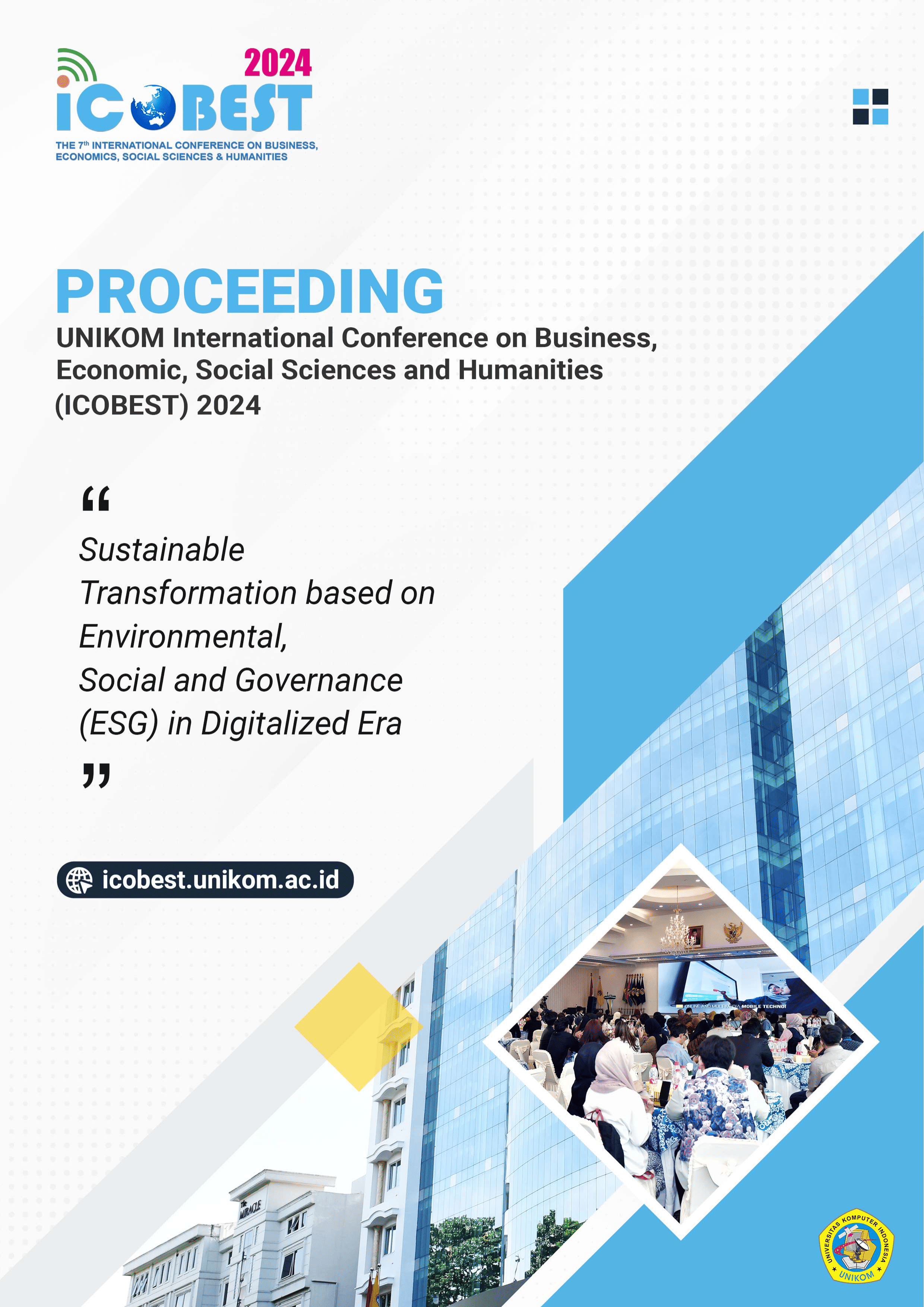ANALYSIS OF FORM AND MEANING OF THE IKAT WEAVING MOTIFS DALA MAWARANI, SIKKA DISTRICT, FLORES, EAST NUSA TENGGARA
DOI:
https://doi.org/10.34010/icobest.v7i.618Keywords:
form, meaning, visual, motif, ikat weaving, dala mawarani, sikkaAbstract
Indonesia is known for its cultural diversity, one of which is the tradition of ikat weaving featuring the dala mawarani motif originating from Sikka Regency, Flores, East Nusa Tenggara. Essentially, the process of making ikat woven fabric requires a significant amount of time and effort. The Sikka ikat weaving showcases various motifs with diverse shapes and meanings. The aim of this research is to understand the form, composition, rhythm, and visual meaning of the dala mawarani motif in the daily lives of Sikka Regency's community. This study utilizes observation and interview methods, employing qualitative analysis. The findings of this research indicate that the visual form of the dala mawarani motif is the result of repeating geometric shapes arranged in a star-like manner, as in the Sikka local language, "dala" means star. According to the beliefs of the Sikka community, stars symbolize wisdom and purity. The conclusion drawn from this research is that the dala mawarani ikat motif represents the morning star, symbolizing wisdom, purity, and success. It is expected to provide enlightenment, protection, guidance, and serve as a means of warding off adversity for those who wear it. This research is expected to have a positive impact on local governance and communities in efforts to preserve and develop culture, as well as in enhancing knowledge.



